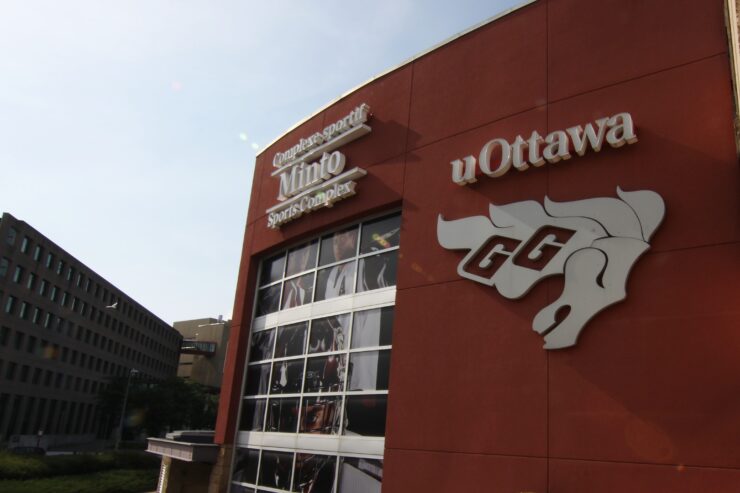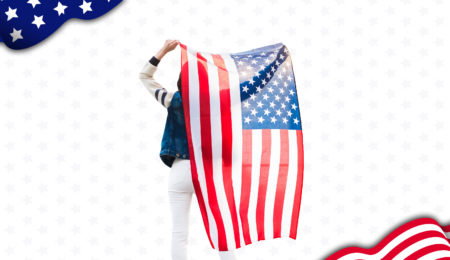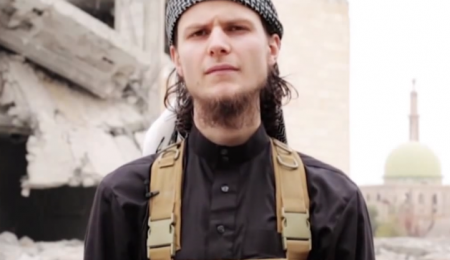After extensive program review, Sports Services announces new Sport Model
The University of Ottawa’s Sports Services are set to see big changes coming this year, following a news release on the Gee-Gees’ website about the new Sport Model.
The major change in the new Sport Model is the introduction of a new “Varsity Club” tier that will be added to the existing system of having Varsity and Competitive Club teams. Last week Sports Services opened the application process for Competitive Clubs to apply for Varsity Club status. They will have until Sept. 18 to apply, at which point Sports Services will review the applications and decide which teams will be granted Varsity Club status.
Roger Archambault, Assistant Director of High Performance Sport at the U of O has been in charge of creating the new Sport Model, and is leading the process of reviewing applications.
“Seeing the two structures (Varsity and Competitive Club) I did feel there was a significant gap between the two. One is fully supported, competes on the national stage, and the other is, although it has a high-performance penchant, it’s pretty minimal,” said Archambault on the need for the new tier.
“Other than participating in an open conference championship, the competitive sport cubs were really a regional-based activity level. So there was a bit of a disparity between our model and what most of the other universities were doing.”
Archambault explained that teams in the Varsity Club level will still largely be pay-to-play, but will receive more oversight and support from the university than Competitive Clubs, with the caveat of increased expectations.
Perhaps the biggest incentive for teams applying for Varsity Club status is that they will be given a chance to compete in U Sports leagues, either the Ontario University Athletics or the Réseau du sport étudiant du Québec.
Archambault said there are three major things they’re looking for from prospective teams.
“The first area is coaching. So certified, qualified coaches—do they have access to that. Secondly is the daily training environment—are they able to provide that in their current structure. And thirdly is governing structure—do they have some type of governing structure, even if it’s minimal, in place to make sure that they are able to function with an executive decision-making body that provides the oversight of the program and the oversight of the coach.”
Right now Sports Services is offering the Varsity Club status on a three-year contract, where clubs will begin the application process again in 2020.
Archambault explained that while the goal of the Varsity Club tier is to have teams be competitive at the conference level, that isn’t the only factor that they are looking at when reviewing applications.
One major factor is how much additional support the team will need to be competitive in U Sports competition.
“The idea is, ‘show us that you can provide this structure, and how much of that will be dependent on the university,’ and it will be part of the criteria in deciding yes or no,” said Archambault. “A sport that can bring something forward, where they don’t require more from us in order to have that daily training environment, is going to receive a little bit more attention than one that needs to triple or quadruple their allocation in order to get there.”
“We work from a funding perspective, being a self-funded service on the university. If we give those hours to them then we cannot use them to generate the revenue to support them.”
Archambault stressed that the university was not against offering additional support to Varsity Club teams, but that the amount of additional support they required would be a factor.
As of right now Sports Services has not determined exactly how many teams they will promote to Varsity Club status, but Archambault suspects it will be between two and four. Once all the applications are in, the review process will have to take a number of factors into consideration, including the strain on university resources, and gender equity.
“We do know we have to keep our ratio of male-to-female athletes between a 45-55 per cent ratio. That’s a regulatory process. Right now I believe we’re around 52 per cent female in our varsity program. So for us to add, I don’t know, three female teams without a male team won’t be possible, because of the gender equity, we’ll be over the 55 per cent at that point.”
Archambault also explained that they will take factors such as individual vs. team sports, and fall vs. fall-winter sports into consideration.
At the moment, the complete Sport Model remains unfinished, and will not be finalized until after Sports Services selects their first class of Varsity Club teams.
“We’re doing this in parallel. The processes are quite long to get this done, and at the same time we have to declare this at least a year out,” said Archambault. “And in fact in some sports now in the OUA you have to declare two years out. So if we wait until we have the sport model fully ready to go—that’s another 4-6 months—we could be looking at another 1-3 years delay for some of these teams.”
Archambault expects a decision on which teams will be granted Varsity Club status to be made around Nov. 15 so that the university has time to inform the conferences by Dec. 1.
There are big changes coming to the U of O’s sports program. As early as next year there should be a crop of new Gee-Gees teams in U Sports competition that students can get excited about.





